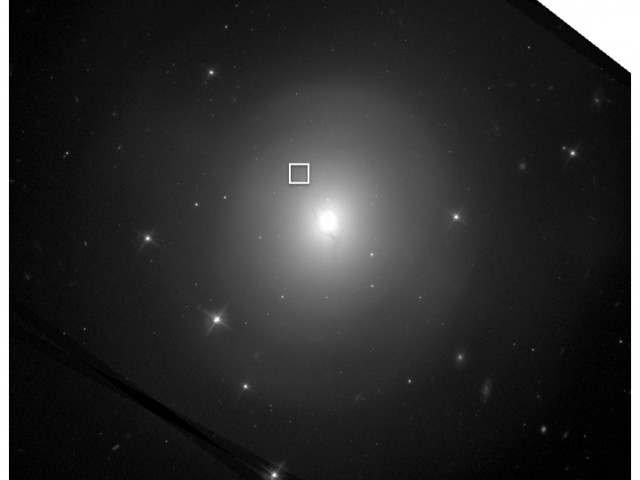
An article accepted for publication in “The Astrophysical Journal Letters” reports the results of the search for the afterglow of the merger between two neutron stars identified two years ago and cataloged as GW170817. It made history because it’s the first event of that type identified and was observed at both gravitational waves and electromagnetic waves. A team of researchers led by Wen-fai Fong of Northwestern University used the Hubble space telescope to detect the now very dim afterglow, the residual radiation after months of strong emissions.
When the LIGO collaboration detected gravitational waves in the event of August 17, 2017 cataloged as GW170817, many telescopes around the world went to look for the source to observe it at electromagnetic waves collecting a huge quantity of data. The merger of two neutron stars generated an enormous amount of emissions at very different wavelengths and a kilonova in which various new elements were formed including gold. After a hundred days, the glow of the kilonova faded away but there was still something to be studied like the afterglow coming from a jet that traveled at speeds close to light-speed that struck the surrounding environment.
Wen-fai Fong, assistant professor of physics and astronomy at Northwestern University and a member of CIERA (Center for Interdisciplinary Exploration and Research in Astrophysics), led the team that sought the afterglow of that neutron star merger. Since December 2017, the Hubble Space Telescope detected those residues under visible light and then revisit the same area ten times over the course of a year and a half. At the end of March 2019, the researchers captured the final image and the observation at the greatest depth obtained so far. 584 days after the merger the visible light emitted was gone.
In order to examine the neutron star merger’s afterglow, the researchers had to literally delete the light from other images from the images pixel by pixel using the last one as a reference. It was a complex task since that event took place inside a galaxy, a complex structure with a lot of light sources.
An interesting result of this research is that this merger didn’t occur within a globular cluster but in an isolated area. Past studies suggested that star pairs could merge in the dense environment of a globular cluster but at least in this case it didn’t. The afterglow of the event GW170817 can also provide information on the gamma-ray burst associated with the merger and its characteristics. Now that event has been studied with remarkable completeness collecting information that will be studied for a long time and will be a foundation for studies of other such events.
The LIGO collaboration, now together with the VIRGO gravitational wave detector, are detecting new mergers, especially of black holes, but it’s only a matter of time before other mergers between neutron stars are discovered.

